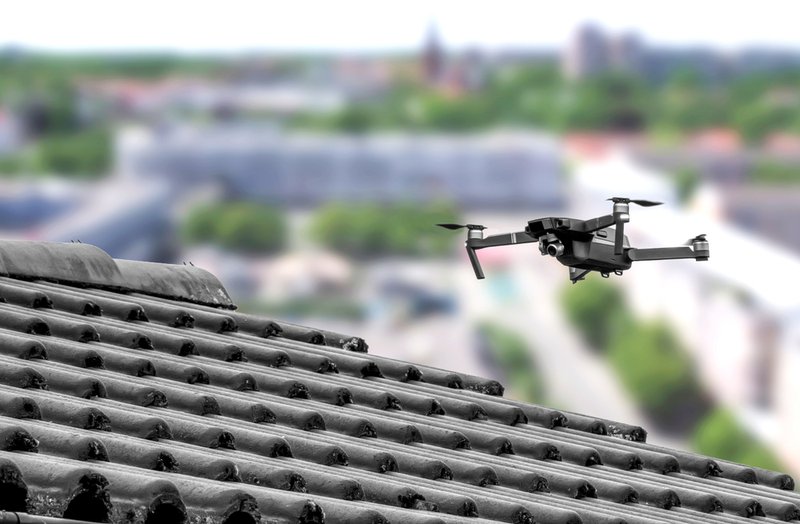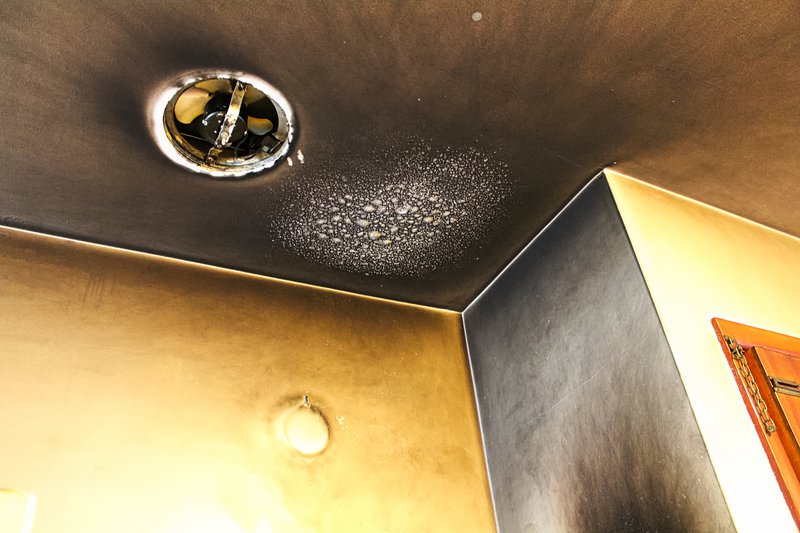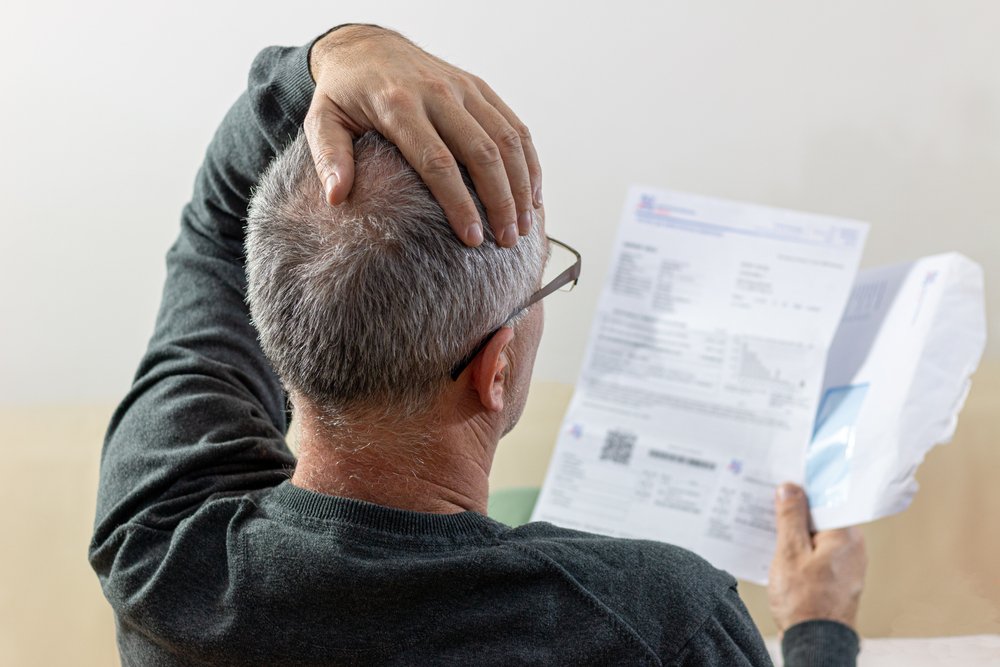Insurance companies love to talk about the future. They roll out drones to scan rooftops and rely on artificial intelligence to calculate repair costs in seconds. It all sounds high-tech, and for insurers, it’s incredibly cost-saving. But for property owners, managers, and commercial contractors, technology alone often falls short of delivering fair claim settlements. Because no matter how powerful the software or how precise the aerial imagery, public insurance adjusters remain essential for protecting policyholders from a system designed to pay as little as possible.
A Machine’s Eye View: Helpful, But Not Complete
It’s true that technology brings speed. A drone can scan a hail-battered roof in minutes, creating high-resolution images that might take a human adjuster hours to collect. Artificial intelligence can measure the square footage of damaged areas, spot missing shingles, or estimate repair costs based on regional data. For insurers seeking efficiency, it’s a tempting proposition.
But as David Skipton, a veteran public adjuster, explains in The Claims Game, property damage adjusting is as much an art as it is a science, and it’s certainly human. A drone cannot smell microbial contamination hidden behind drywall after a pipe bursts. AI cannot feel the sponginess of compromised subflooring. Neither can notice subtle changes in acoustics or vibrations that suggest deeper structural compromise.

Take water damage, for example, one of the most frequent and expensive perils commercial property managers face. A drone might capture discoloration on a ceiling tile, but it won’t detect moisture creeping invisibly into wall cavities or trace microbial growth brewing beneath the surface. Our team’s IICRC certifications in Water Damage and Structural Drying are invaluable precisely because water damage often hides where technology can’t look.
Garbage In, Garbage Out
Another problem with purely tech-driven adjusting is that these tools depend on data. Data that insurers control. Experts agree that even the most precise technology can produce misleading results if the assumptions behind it are flawed.
Consider replacement costs. Many AI estimating programs pull pricing from national databases. Yet construction costs in Louisville, Lexington, or smaller Kentucky towns can vary dramatically. If an algorithm uses outdated numbers or averages from a different region, it can produce an estimate that’s far too low for actual rebuilding expenses.
The same happens with code upgrades. For example, AI models don’t always account for changes in building codes or local ordinances, which can significantly increase repair costs. Insurers may conveniently omit those costs unless a knowledgeable human adjuster insists on including them.
The Black Box Effect
There’s also the issue of transparency. Many policyholders don’t understand how AI systems arrive at their conclusions. An insurer might simply announce, “The AI reviewed your claim and determined the damage is minimal.” For a property owner staring at water-stained walls or fire-scorched ceilings, that’s hardly reassuring.
Jay M. Feinman, in his book Delay, Deny, Defend, describes how insurers have long used complexity and opacity as tactics to frustrate policyholders. Now, technology is becoming another layer of that barrier. When a drone’s data and an AI’s estimate disagree with a property owner’s observations, insurers often side with their machines, not the human beings experiencing the damage.
This isn’t just a hypothetical risk. An OPPAGA study documented how insurers systematically delay and underpay claims. Technology hasn’t changed that dynamic, it’s simply given insurers new ways to assert authority while keeping policyholders at arm’s length.
The Human Factor That Machines Can’t Replace
This is precisely why public insurance adjusters still matter, and arguably more than ever. Technology might be excellent at measuring surfaces or creating 3D models. But adjusting a claim is about far more than measurements. It’s about context, nuance, and professional skepticism.
For instance, after a fire loss, our IICRC Fire and Smoke Damage certifications equip us to identify where smoke has infiltrated HVAC systems, a problem that can result in hidden contamination long after superficial repairs. A drone might see only scorched walls; a public adjuster knows to ask whether air quality tests were performed and what specialized cleaning is required.

Similarly, after water damage, a digital estimate might suggest merely replacing drywall. But a public adjuster knows to inspect insulation, test moisture levels deep inside building materials, and check whether microbial growth is beginning to form. Those subtleties can make the difference between a safe, restored building and a ticking time bomb of hidden damage.
Independent Public Adjusters also bring negotiation expertise that no algorithm can replicate. Insurers often anchor settlement offers at low amounts, betting policyholders won’t challenge them. Chip Merlin, in Pay Up!, emphasizes that initial offers are rarely the final word. It takes human knowledge and persistence to push back, submit comprehensive evidence, and secure fair compensation.
Technology as a Tool, Not a Decision-Maker
At Velocity Public Insurance Adjusters, we’re not anti-technology. In fact, we use advanced tools ourselves, from moisture meters to digital estimating software. But we treat these as tools, not replacements for judgment.
Technology is at its best when it assists human expertise. It’s excellent for gathering data quickly or producing preliminary estimates. But the final decisions should always rest with skilled professionals who understand both the language of insurance policies and the real-world costs of returning a building to pre-loss condition.
Ultimately, property owners and managers shouldn’t be lulled into a false sense of security because a drone flew over their building or an AI model analyzed photos. Those technologies serve insurers first, and they rarely advocate for the policyholder.
Public Insurance Adjusters: A Human Partner in a Digital World
As property losses become larger and more complex, it’s tempting to believe that technology alone can simplify the claims process. Yet the reality is that AI and drones often produce incomplete or undervalued assessments. And that’s exactly where insurers hope to save money—at your expense.
Public insurance adjusters exist to ensure that doesn’t happen. They bridge the gap between cold algorithms and the human cost of property damage, making sure policyholders receive every dollar they’re entitled to under their policies.
Schedule a call for a free claim and policy review and discover how public insurance adjusters can ensure technology works for you, not just for the insurer’s bottom line.
Claim Services We Provide
Velocity Public Insurance Adjusters handles a variety of claim types for both commercial and residential property losses: weather-related damage, theft and vandalism, fire and smoke damage.
Members of
Velocity Public Insurance Adjusters is a Certified Firm with the IICRC.
IICRC Certified Firms are known for their high level of technical experience and professionalism.
With the rapid increase in consumer calls due to the demand for mitigation and restoration projects,
Certified Firms are working in the field every day and have unmatched expertise in complex restoration projects.
Client testimonials
Don't take our word for it, see what our clients are saying about us.
Contact us
Schedule a free, no-obligation, claim and policy review. Every property claim is different, and we'd like the opportunity to provide you with an assessment of your unique situation.
- Indiana
- Kentucky
- Michigan
- Ohio
- Iowa
- Wisconsin
- South Carolina
Use of Information Purpose: We use your information to send mobile messages and respond to your inquiries as necessary. This may involve sharing your information with platform providers, phone companies, and other vendors who assist in message delivery.
Protection of Information: We do not sell, rent, loan, trade, lease, or otherwise transfer for profit any phone numbers or customer information collected through the SMS program to any third party.
Disclosure: We may disclose your information if required by law, regulation, or governmental request, to avoid liability, or to protect our rights or property.
Choices and Controls Consent: Consent to receive automated marketing text messages is not a condition of any service we provide.
Opt-Out: You can opt out of receiving further text messages via the Messaging Service by responding to any of our text messages with any of the following replies: STOP, END, CANCEL, UNSUBSCRIBE, or QUIT.
Your Responsibilities Accurate Information: Ensure that the information you provide is accurate, complete, and truthful. Do not use a false or misleading name or a name you are not authorized to use.
Consequences: If we believe the information provided is untrue, inaccurate, or incomplete, or if you have joined the program for ulterior motives, we may deny you access to the program.












